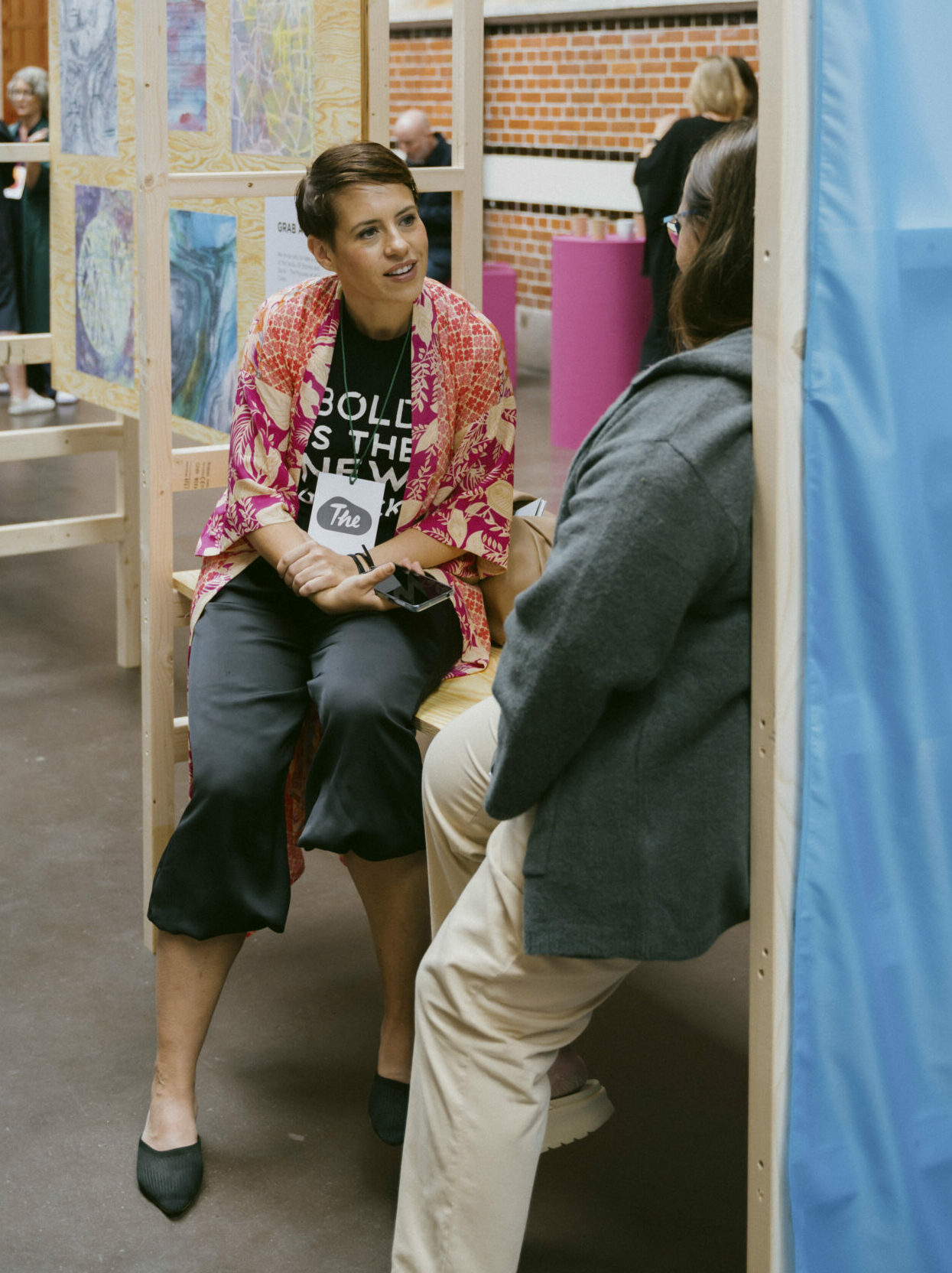May I introduce myself?
Lately, I’ve been out and about, meeting amazing people and getting asked the same question over and over again: “So Nic, what is it that you do?”
The shortest answer I can give is this: I’m a designer who coaches, facilitates workshops, and, oh yes, I host a little podcast called ‘Worth Having.’
Now, I can almost hear the wheels turning in your head – “Worth having what?”
Ahhh yess.
And that, my friends, is where the real conversation begins because the answer is: it’s all about belonging and those essential elements that make life, well, damn good.
That’s the podcast part, but what about coaching individuals and facilitating workshops for organisations? I’m not one to just talk the talk; I prefer to walk the walk. And, honestly, since talking about yourself always feels a bit weird, let’s do something different – let’s talk about someone else’s business, to explain to you – what I do.
Ladies and gentlemen, imagine for a moment if there existed a company with a name as inspiring as “The Optimism Company.” What would your initial reaction be? Would it be one of intrigue, or perhaps a raised eyebrow accompanied by a subtle eye roll? It’s an entirely human response.
Now, picture this same company being owned and run by none other than Simon Sinek. Does that revelation alter your perception? I can sense the shift in your thinking even as we speak. Suddenly, there’s an intensified curiosity and a more welcoming embrace of the idea of an optimism company. After all, it’s Simon Sinek, a name synonymous with integrity and a stellar reputation.
The Optimism Company is real – and is indeed run by Simon Sinek.
Within the archives of The Optimism Company, I unearthed a brief yet delightful article titled ‘3 Tips to Beat Burnout at Work.’ I’ll provide a link so you can delve into the details at your leisure. However, for the time being, let me give you the essence of it:
The article succinctly outlines the ‘What-to-do’, followed by a brief ‘Why-it-matters‘. Together, these elements make us nod our heads in agreement. The advice is not only sound, but it’s also reinforced by the credibility that comes with the Simon Sinek stamp of approval. It becomes instantly relevant.
But, here’s where it gets interesting.
The ‘HOW-to-do-it’ is conspicuously absent.
- How does one take a break when they’ve been conditioned to perpetually strive for peak performance?
- And how can you truly enjoy that precious walk in the park when all you can think about is the work left undone?
The challenge doesn’t end there.
- How do you find a sense of significance when there’s no one to acknowledge your efforts, or when you’ve never learned to appreciate your own accomplishments?
- Finally, how do you introduce an element of fun into a work environment, especially in cultures where privacy and solitary “egentid” are cherished, and communal fun is met with hesitation and resistance?
I’m here to introduce facilitation – which means nothing else than making something hard, easier.
Decision-making for example, orchard conversations about personal things without having to feel like you’re stripping emotionally naked…for example.
In this context let me provide answers to the ‘HOW’ of the above tips. because the WHAT and WHY are easy to understand, but hard to implement.
- First, let’s redefine a ‘break.’ A break is essentially anything you do that isn’t work. So ‘taking a break’ sounds easy enough but you can’t expect to be able to detach without effort.
‘The mind’ is the brain in action – Thinking about work whilst on your break is not a sign of your inability to relax; it’s a testament to how well-trained your brain is. It’s just time to teach your brain a new track and that’s being able to direct it’s focus elsewhere. You could for ex. Try to count the amount of times your mind keeps coming back to work whilst trying to focus on something else, like the environment during your lunch walk or your breath during an exercise you set out to accomplish. It’s hard, and I ant you to smile at how hard this simple task is. That’s your break from work – amuse-toi – get amused by other things rather than frustrated by work.
. - Now, think about expressing appreciation at work.
It can be tricky, right?
It’s a balancing act because going too far can make it seem overly intimate, while going too subtle can appear disingenuous. I suggest practicing with friends first. When was the last time you expressed your gratitude to your friends outside of the office? Elevate your friendships to a more intimate level and get comfortable sharing that ‘platonic love.’ Building healthy, meaningful relationships isn’t just limited to work connections or your life partner. It’s about cultivating connections that fall somewhere in between. Can you tell your friends that they matter, make them feel valued, and needed? Can you do this without feeling awkward? It’s a valuable skill with instant rewards you can practice in a safer environment than the office.
. - As for no.3 – you’re a leader and want to give your team the space to connect… How about you start by letting them connect with themselves first? This is where I would come in.
I design workshops and my favorite one for teams is about THEIR emotional intelligence.
That one enables each member to assess and emotionally evaluate the experience of their lives. You know, like a 360° feedback assessment but It’s a journey of self-discovery.
- My workshops are guided by design thinking and positive psychology.
- They nudge people to explore their emotional intelligence and focus on what’s essential to feel good, to concentrate on what’s positive and what’s working well.
- I can be that someone who brings your team together to focus on something that truly matters to each of them – their lives and their own well-being. REMIND them to focus on what is good, what is working well, and where does each one have capacity to build more positivity?
In a nutshell, my background in design, coaching, and positive psychology serves to inspire hope, boost self-efficacy, and enhance resilience against burnout. I’m here to shift your perspective towards a ‘can-do’ attitude, not to turn you into your ‘best self,’ but to help you become your favorite self.
So, let’s embark on this journey together, and remember, it’s okay to strive for your favorite self.
That is how I understand the term regenerative leadership and this is one way of how I help.
So, if you’re a leader and ready to take that first step towards a more positive, resilient workforce, I’d love to hear from you. Contact me today, and let’s discuss the HOW – the most important part of any gameplan – HOW I can help you help your people like coming to work, because it gives more back than it takes. And as at the end of any podcast episode: Remember, remember, you don’t have to go it alone. I’m here to be your partner in this adventure that is building your companies wellbeing strategy.


